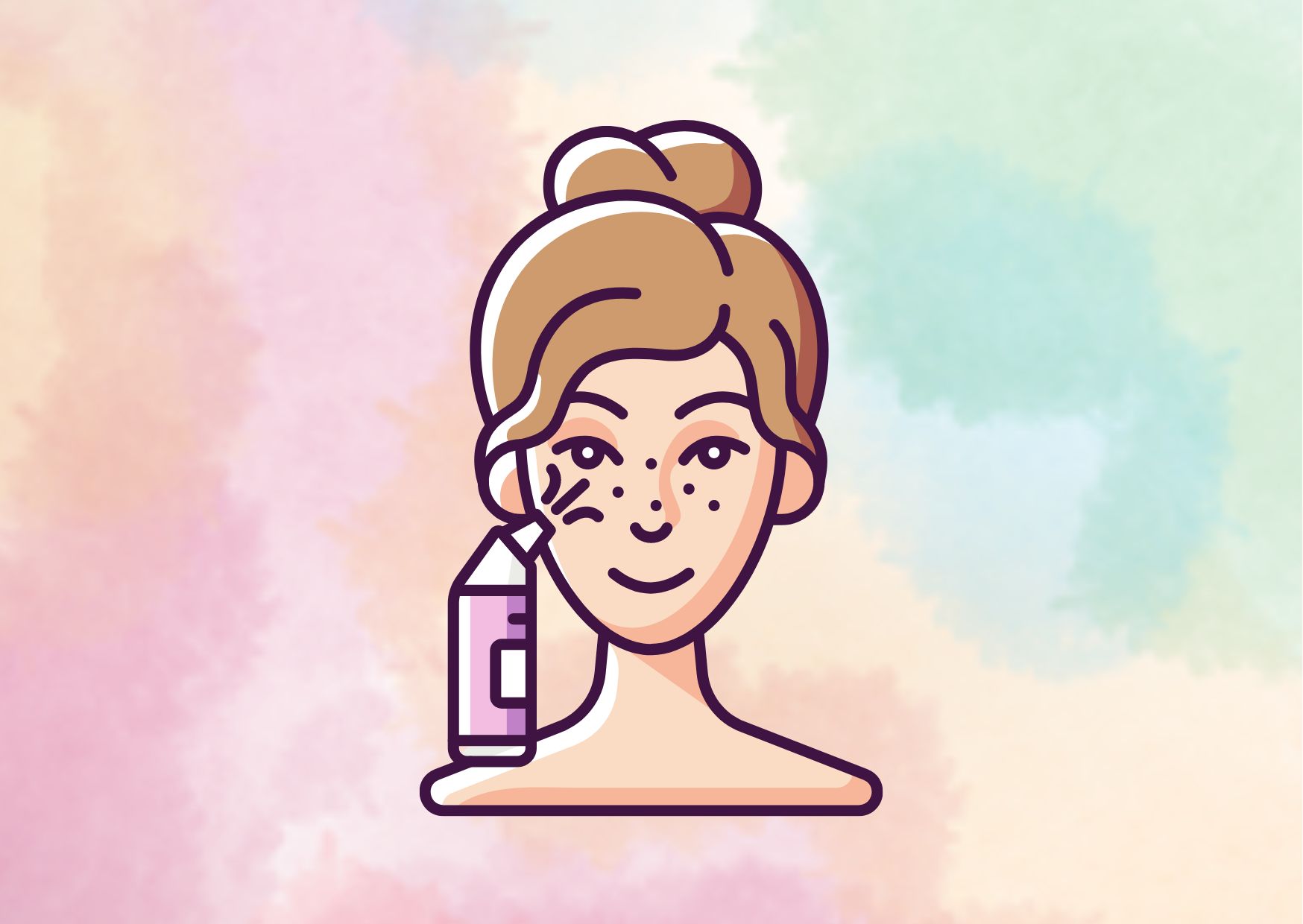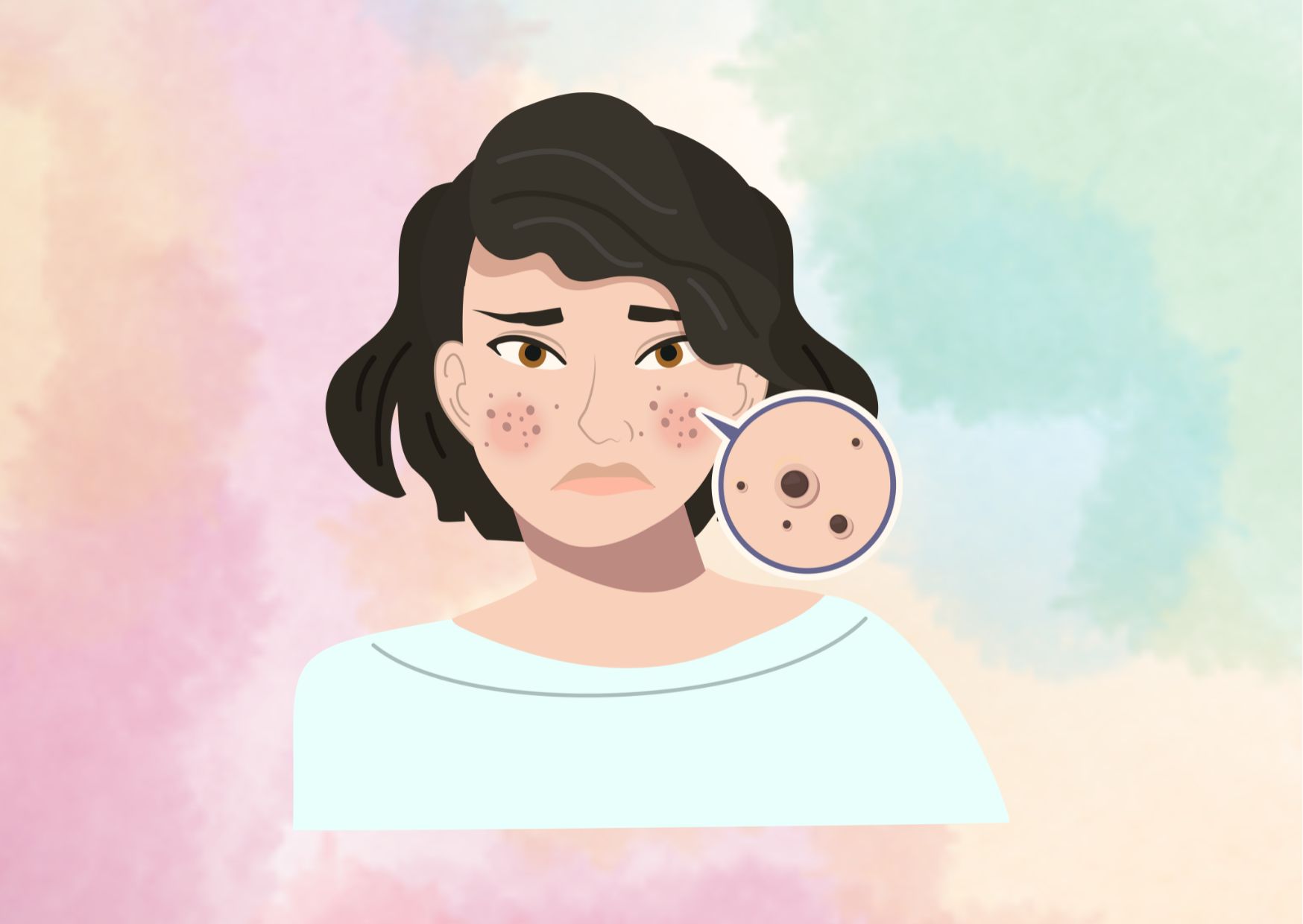Top 10 Blackhead Removal Strategies for Clearer Skin
Blackheads can be a frustrating skin concern, impacting self-confidence and overall complexion. These small, dark spots often appear on the face, particularly in areas with higher oil production. Effective blackhead removal has become a priority for many individuals seeking clearer, smoother skin. Understanding the causes and exploring various strategies to address this common skin issue is crucial for achieving and maintaining a healthier-looking complexion.
This comprehensive guide delves into top blackhead removal strategies, offering insights on ingredients like salicylic acid and retinoids that have proven effective in unclogging pores. It explores exfoliation techniques, the benefits of clay and charcoal masks, and professional treatments available for stubborn cases. Additionally, the article provides tips on creating a daily skincare routine to prevent blackhead formation, empowering readers to take control of their skin health and boost their self-esteem.
Understanding Blackheads: Causes and Formation
Blackheads are a common skin concern that affects many individuals, particularly in areas with higher oil production. These small, dark spots often appear on the face, especially on the nose and chin, but can also be found on the back, chest, neck, arms, and shoulders. To effectively address this issue, it is crucial to understand the causes and formation of blackheads.
Blackheads are a mild form of acne that occur when hair follicles in the skin become clogged or plugged. They are characterized by small bumps with dark or black surfaces, which are generally very small. The formation of blackheads involves a complex process that begins with the overproduction of sebum, an oily substance produced by the sebaceous glands in the skin.
The process of blackhead formation can be broken down into several steps:
- Excess oil production: The sebaceous glands produce too much sebum, which can lead to a buildup in the hair follicles.
- Dead skin cell accumulation: When dead skin cells do not shed regularly, they can accumulate and mix with the excess oil in the follicles.
- Clogged pores: The combination of excess oil and dead skin cells creates a plug in the hair follicle, resulting in a bump called a comedo.
- Oxidation: If the skin over the clogged pore remains open, exposure to air causes the sebum to oxidize, giving it a blackish color. This oxidation process is what gives blackheads their characteristic dark appearance.
It is important to note that the black color of blackheads is not due to dirt, as commonly misconceived. Rather, it is the result of the oxidation of the fat by atmospheric oxygen, as well as the dark pigment produced by the keratinocytes of the hair follicle.
Several factors can increase the likelihood of developing blackheads:
- Hormonal changes: Fluctuations in hormone levels, particularly during puberty, menstruation, pregnancy, or while taking birth control pills, can lead to increased oil production.
- Bacterial growth: The buildup of Propionibacterium acnes bacteria on the skin can contribute to the formation of blackheads.
- Certain medications: Some drugs, such as corticosteroids, lithium, or androgens, may increase the risk of blackhead formation.
- Improper skincare: Inadequate cleansing or using products that clog pores can exacerbate the problem.
While it may be tempting to squeeze out blackheads, this practice is not recommended due to the risk of scarring and further irritation. Instead, a consistent skincare routine using mild soaps and appropriate treatments can help manage and prevent blackheads effectively.
Understanding the causes and formation of blackheads is essential for developing an effective strategy to address this common skin concern. By recognizing the factors that contribute to their development, individuals can take proactive steps to maintain clearer, healthier-looking skin and boost their self-confidence.
Salicylic Acid: The Go-To Ingredient for Blackhead Removal
Salicylic acid, a beta-hydroxy acid derived from willow bark, has become the gold standard for treating blackheads, whiteheads, and oily skin. This powerful ingredient belongs to a class of compounds called salicylates and has gained popularity in skincare due to its unique properties and effectiveness in addressing various skin concerns.
How Salicylic Acid Works
Salicylic acid has an exceptional ability to penetrate deep into the skin, making it highly effective in targeting acne, especially blackheads and whiteheads. Its mechanism of action involves several key processes:
- Dissolving keratin plugs: Salicylic acid can dissolve the intracellular “glue” that holds skin cells together, effectively breaking down the keratin plugs that lead to clogged pores.
- Exfoliation: It works as an exfoliant, sloughing off dead skin cells and preventing them from accumulating in the pores.
- Unclogging pores: By dissolving excess oil, dead skin cells, and daily dirt, salicylic acid helps to unclog pores and prevent the formation of blackheads.
- Regulating skin cells: It has the ability to regulate skin cells, further contributing to its effectiveness in treating acne.
- Reducing sebum production: Salicylic acid decreases the skin’s sebum production, which leads to fewer breakouts.
Benefits for Blackhead Removal
Salicylic acid has an impact on blackhead removal for several reasons:
- Oil-soluble nature: Unlike water-soluble alpha-hydroxy acids, salicylic acid is oil-soluble. This property allows it to penetrate oily skin and pores effectively, making it ideal for treating blackheads.
- Anti-inflammatory properties: Salicylic acid has anti-inflammatory effects, which help reduce redness and irritation associated with acne.
- Gentle exfoliation: It provides gentle exfoliation, helping to prevent the formation of new blackheads while addressing existing ones.
- Antibacterial activity: While it’s most effective against blackheads and whiteheads, salicylic acid also has some antibacterial properties, contributing to its overall acne-fighting capabilities.
Incorporating Salicylic Acid into Your Skincare Routine
To effectively use salicylic acid for blackhead removal, consider the following tips:
- Choose the right product: Look for over-the-counter products containing salicylic acid, such as cleansers, serums, spot treatments, or toners.
- Start gradually: Begin by using a salicylic acid product once a day, preferably at night, and gradually increase usage as your skin adjusts.
- Be consistent: Regular use is key to seeing results. Incorporate salicylic acid into your daily skincare routine for optimal benefits.
- Don’t overdo it: Using too many salicylic acid products simultaneously can lead to irritation. Choose one or two products and use them as directed.
- Combine with other ingredients: For comprehensive acne treatment, consider using salicylic acid in conjunction with other acne-fighting ingredients like benzoyl peroxide, which targets bacteria-causing inflammatory acne.
Potential Side Effects
While salicylic acid has an impact on blackhead removal, it’s important to be aware of potential side effects:
- Mild burning or stinging sensation
- Peeling skin
- Mild irritation
- Dryness
These side effects are generally mild and often subside as the skin adjusts to the product. However, if irritation persists or worsens, it’s advisable to consult a dermatologist.

